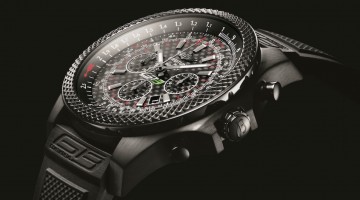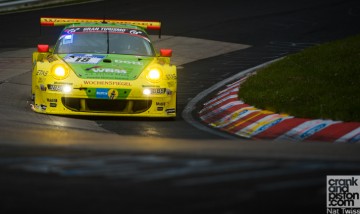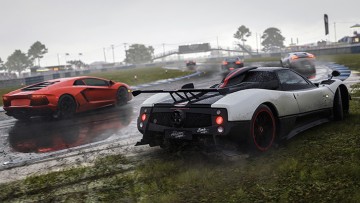I take on a challenge: can I improve my photography in just three easy lessons? The day has come to put everything I have learnt to the test as I shoot a Chevrolet Malibu LTZ single-handed.
[Not a valid template]Judgement day.
You join me here today with a 2013MY Chevrolet Malibu LTZ and a camera for my final test. A little over a month ago I was challenged by my crankandpiston.com cohorts to improve my photography in just three lessons. A lot has been learnt in that time. I now know for instance the difference between high and low key colours and the importance of subject perspective after shooting the Volkswagen Passat Sport. I learnt that majestic landscapes can easily overpower a car and that multi-zoom lenses require a deft touch with the Renault Duster. Magic hour brought with it time sensitivity and constantly-changing lighting when I shot the Hyundai Veloster. I have discovered that automotive photography requires a clear vision, an artistic temperament, preparation, and stamina. And today, all of this shall be put to the test.
There’s a change though. Unlike the previous three instalments in which crankandpiston lensman Arun has been taking his own pictures for the purposes of comparison, the only shots being taken today – aside from new crankandpiston.com mate Harisanker’s behind the scenes shots – will be mine. I alone then will be responsible for location, framing, lighting, and whether or not this photoshoot sinks or swims. As always, the photos you see here have received only a bare minimum of editing.
Designed for comfortable cruising rather than edge of the seat dynamism, the Malibu may not be traditional crankandpiston.com fodder, but its bold looks and presence offer exactly the right ‘less is more’ look we need for our photoseries. Plus it’s silver, which makes choosing the location a challenge in itself.
Going big with the landscape is tempting for my final test, but this leaves the risk of the very reflective Malibu merging into the background. For the Chevy to pop, I need a location that mixes a dark, almost monotonous backdrop with infusions of colour. Fortunately, we know one such place by the Meydan race course in Dubai. And while capturing the golden glows of magic hour would be powerful, the pressure required to shoot quickly puts me off. To re-emphasise the importance of framing an image, I have been limited to just seven shots, meaning each one has to be right. I’d prefer then to take my time, and Arun and I decide that an early morning shoot would be best. I have also decided to use only the 24/70 lens today – which provides photographic range from close to mid distance – rather than the more ambitious 70/200, which takes over where the 24/70 leaves off.
In order to really make the most of our location, I will also be using automatic flashes for the first time. These are remotely connected with the camera. When a picture is taken, the bulb fires thus throwing more light onto those parts of the Malibu hidden by shadow, thus giving the car more definition. While this may sound straightforward, finding the balance – as always – is tricky: too much light will simply jump off the silver paint, over-exposing the shot; too little and the flash will have little significant effect at all. Rather than sticking with automatic settings, this means I have to use a faster frame rate on the camera than normal to get a more consistent ‘flow’ to the light. At the same time, I need a long aperture to restrict the amount of light coming through the lens in order to pick out the Malibu’s finer details: imagine an iris retracting when you blink against harsh sunlight. As you can guess, it’s delicate stuff.



